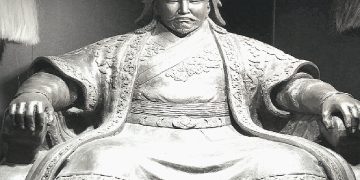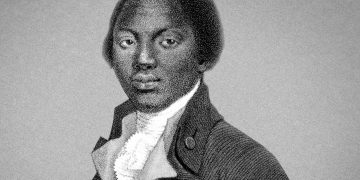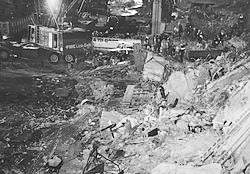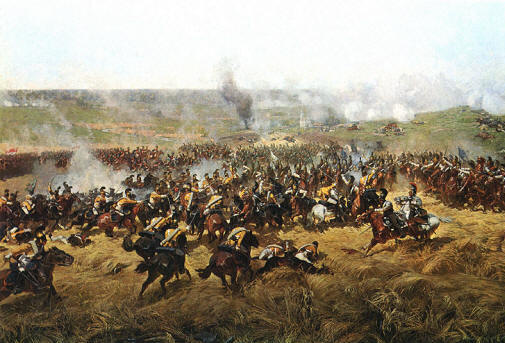In 1511 Henry VIII of England began a war with France. Scotland was allied with France and in the Summer of 1513 James IV of Scotland sent a warning to Henry that if he continued to act in an aggressive manner towards France then he would invade England.
Having received no indication from Henry VIII that he would abandon his attack on France, James took his men south of the border in mid August. On hearing of the Scottish invasion, Henry’s wife, Catherine of Aragon ordered Thomas Howard, Lord High Admiral, who had been left by Henry VIII to defend the north, to muster troops to deal with the invasion.
The Scots held a defensive position on Flodden Hill. Thomas Howard wanted to entice the Scots off Flodden Hill. He decided to make a long advance towards the Scots’ position and crossed the River Till some distance north of Flodden Hill. As the English neared the Scots position they could see that they had descended to Brankston hill which was lower. It is thought that James had seen the English army marching north and had thought they were marching to Scotland to mount a counter-invasion in his absence and that the descent to Brankston Hill had been the first stage in a move to march north in pursuit of the English army.
Having seen that the English were approaching their position James knew that there was not enough time to return to Flodden Hill and so readied his armies for Battle. The Scottish army was ready to attack before the English army arrived and formed battle lines. As a result the Scots initially had the upper hand. However, the English army soon gained the upper hand and by nightfall on 5th September the battle was over; a decisive English victory. James IV was killed in the battle as were 9 Earls, 13 Barons, 3 Bishops and 2 Abbots.












